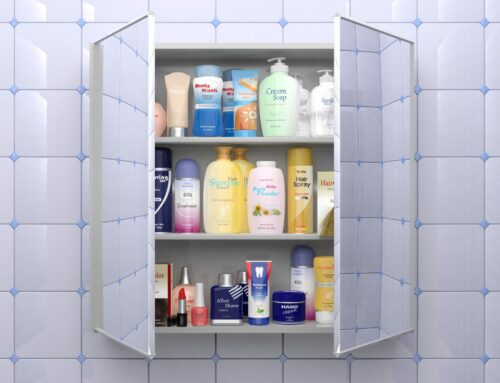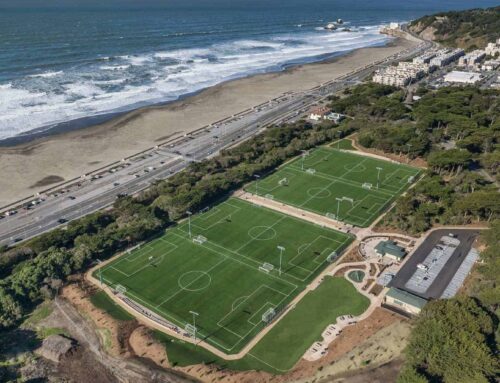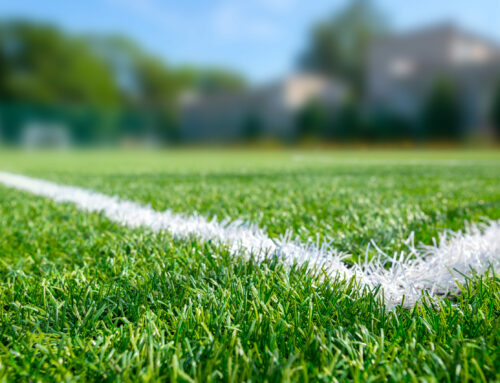Value engineering a term we hear too often in the industry. What was once a systematic method for evaluating function and cost is now a way to cut costs and pocket said savings. But this wasn’t what value engineering was intended for.
Definition
Value engineering (VE) is a systematic method to improve the “value” of goods or products and services by examining function. Value is defined by two components, function and cost:
Value = Function/Cost
Value can therefore be engineered by either improving function or reducing cost.
Here’s a Real-Life VE Example
When a popular pedestrian bridge was built several years ago, the value engineering session took place after the bridge’s detailed design was complete. The value analysis altered two features of the design:
- It was designed to have enough width for emergency vehicles.
- It was designed straight (a straight bridge).
These design features are standard stuff for the engineers designing these types of bridges; hence there was little “out of the box” thinking in the original design. But after the value engineering group met with the local emergency services, they decided that emergency vehicle access was unnecessary. And after consulting with the public, it was determined that a curved, aesthetic bridge was in the best interests of the people in this location instead of a straight bridge (it was alongside a freeway crossing). The design changes were significant, but the result cost taxpayers several million dollars less while providing a better product. The owner’s value engineering team paid for itself many times over on that project. –(projectengineering.net)
How This Applies to Turf
In the turf industry, when we hear “value engineering,” it is understood that “value” is often manipulated to save the owner money. However, it’s only supplying the owner with truly lesser valued products and providing contractors with a more significant profit. For example, a $100,000 savings on-field by changing from one product to another might only result in a $60,000 savings for the owner. After all, contractors often work on thin margins, so there is strong motivation to increase profit.
When this happens, the integrity and vision of the project are often blurred. Fundamentals such as field safety, drainage, performance, and lighting should be the last things to sacrifice. Yet, they are typically first as they are significant opportunities to “save” or “engineer” costs. It’s important to note here that not every contractor is solely in it for profit. When you find a good contractor like a good physician, you will know when you are in good hands.
Don’t Lose Sight
These elements, safety, drainage, performance, and lighting, can make or break a successful field, not to mention these features mean the most to parents and their kids. For example, in colleges, recruiting athletes is essential, and every aspect of the game, school, field, etc., helps. Touting the facility’s safety can make or break getting a recruit (and their parents!) on board.
But these are also the big-ticket items that can significantly affect the project cost, so it’s tempting to focus more on the money than on the things that matter most to the people who will use it. A qualified design professional can help you make the right choices, uphold the project’s vision and legacy, and make sure that you get to realize all of the savings if you have to purchase lesser products.






